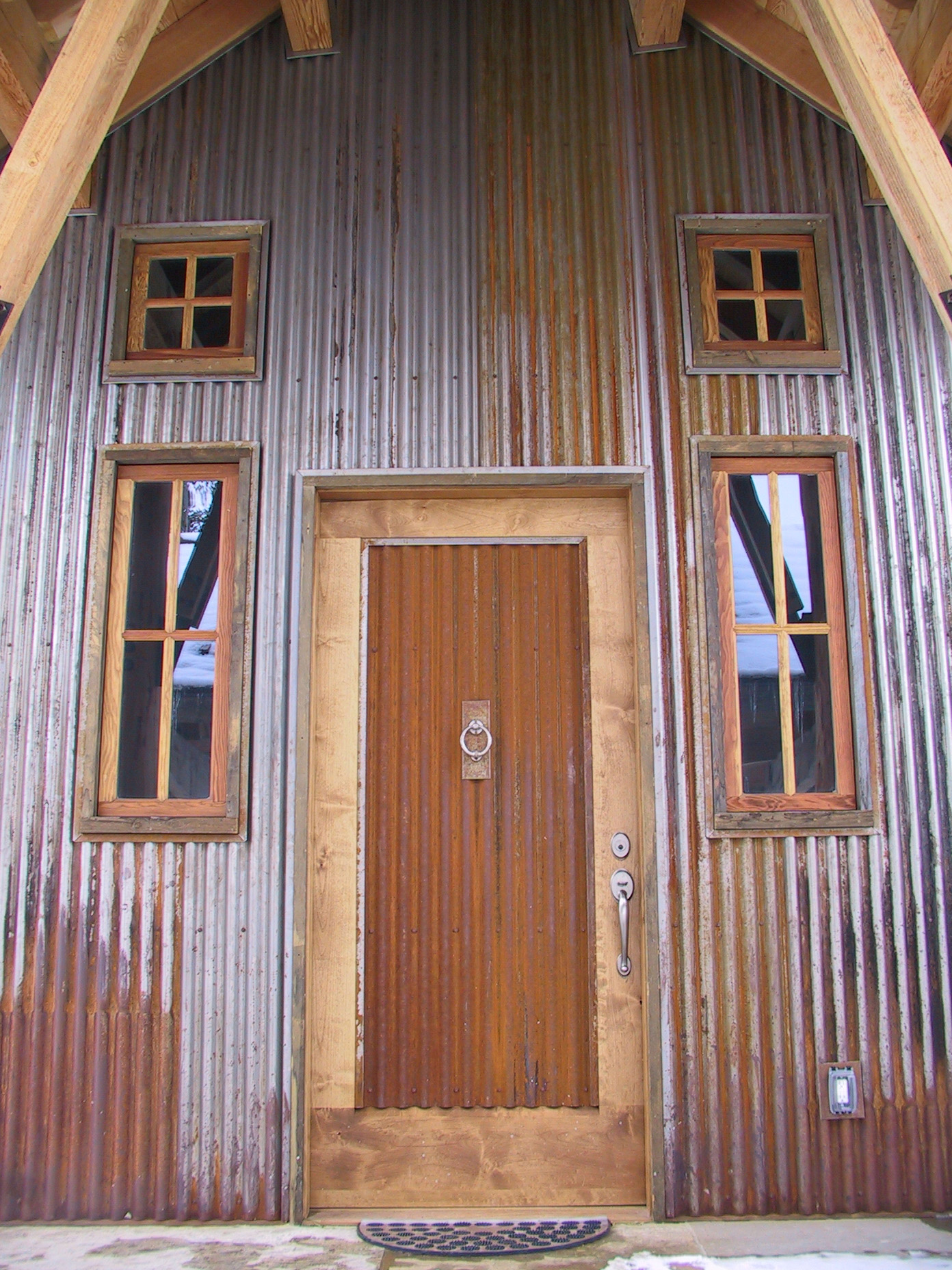Philosophy
 Astelier Architecture is an embodiment of views and goals for the architectural environment that we are able to affect. Tantamount amongst these goals is the coordination of sculptural exterior forms with innovative and intriguing interior spaces.
Astelier Architecture is an embodiment of views and goals for the architectural environment that we are able to affect. Tantamount amongst these goals is the coordination of sculptural exterior forms with innovative and intriguing interior spaces.
Space is identified as the forum of interaction between humans and the built environment. It is the inside, the tactile elements and their interstices. Form is what you perceive when viewing the entity as a whole. It is the outside, the visual object with all of its subcomponents. It is a relationship of proportions and scale, both within its own composition as well as between itself and things beyond.
Historically form has more often than not followed function: the spaces are laid out in the most appropriate arrangement, walls are thrown up, a roof put on, and decoration added. The polar opposite to this approach would be a purely sculptural piece of architecture whose function is made to work within the desired statement of its form. Most contemporary buildings fall between these two poles and form is always taken into consideration as spaces are laid out, or spaces are kept in mind as the form is massaged. The best designs are the result of conscious and organized synergy between these two elements. To realize this successful union it is imperative that a variety of interdependent factors are in alignment. Each client’s individual program and personal desires must be addressed through cooperative interaction at every stage of the design and construction process. Since there is never just one solution to a given program, working together to find a vision that satisfies both aesthetic ideals and functional goals is an indispensable part of the owner-architect relationship. Material choices, structural integrity, environmental influences, governmental regulations and all the various ingredients that go into a building and the design of a building provide the embodiment of this solid conceptual base; the exceptional interaction of space and form.